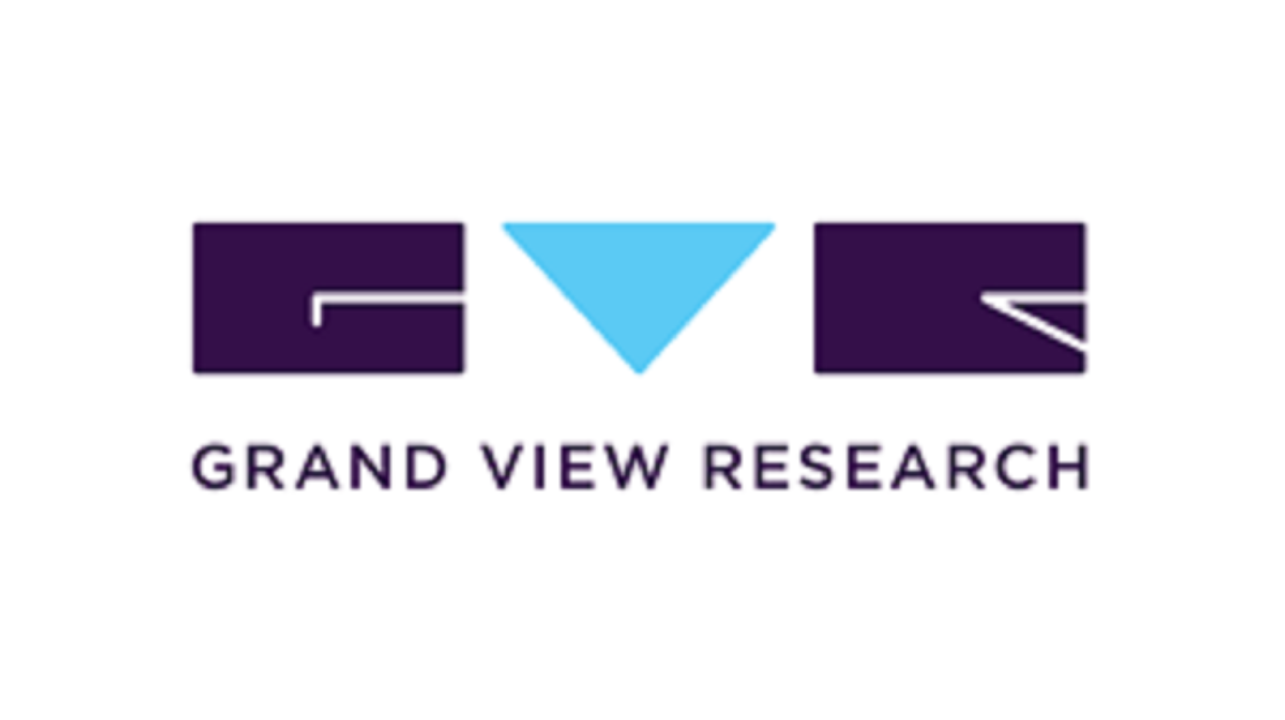The global waterborne coatings market was valued at USD 57.67 billion in 2022 and is projected to expand at a compound annual growth rate (CAGR) of 5.6% from 2023 to 2030. This growth is primarily driven by an increase in construction activities worldwide. The surge in construction, fueled by rapid industrialization and urbanization, is expected to elevate the demand for waterborne coatings during the forecast period. There is a notable shift in coating preferences from low or high-volatility organic solvents to completely solvent-free options, which produce fewer emissions. This trend is likely to further boost the demand for waterborne coatings in both residential and commercial applications. Interior and exterior wall paint formulations predominantly use waterborne coatings, often based on acrylate/styrene dispersions. Manufacturers are concentrating on reducing the average binder requirement in these formulations by 8–12%, ensuring that the performance characteristics remain intact. Additionally, alkyd-based waterborne coatings are favored by many interior decorators due to their ease of application, glossy finish, and superior adaptability to climatic variations during application and drying.
The anticipated increase in automobile production capacities, along with innovations in design and aesthetics, is expected to be a significant driver of market growth in automotive applications. The rise in automobile production is projected to be fueled by population growth and increasing per capita disposable income, particularly in the emerging economies of the Asia Pacific and Latin America regions.
Gather more insights about the market drivers, restrains and growth of the Waterborne Coatings Market
Resin Insights
The acrylic resin segment led the market, capturing the largest revenue share of 83.4% in 2022. The rising demand from the infrastructure and automotive sectors, particularly due to the durability and glossy color retention of acrylic coatings under outdoor exposure, is expected to boost the demand for acrylic waterborne coatings. The need for acrylic resin-based coatings is anticipated to increase significantly in the foreseeable future, driven by expanding applications in radiation curing and electrodeposition.
In the transportation sector, there is a growing need for refinishing coatings for aircraft, automobiles, ships, railroads, and trucks, which is likely to enhance the demand for polyurethane (PU) coatings. These coatings are popular due to their properties such as abrasion resistance, toughness, and chemical and weather resistance. Stricter government regulations aimed at reducing volatile organic compound (VOC) emissions, combined with a shift in consumer preferences towards waterborne coatings over solvent-based alternatives, are significant factors propelling product demand. PU coatings are available in various forms, including oil-modified, two-component, moisture-curing, and lacquers. The rising demand for PU coatings across diverse end-use industries, such as electrical coils and automotive manufacturing, is expected to positively impact segment growth.
Furthermore, the increasing demand for ultra-low VOC, low-odor epoxy resin-based coatings in the transportation sector and DIY flooring applications is projected to drive segment growth during the forecast period. Epoxy coatings are known for their strong adhesion and anti-corrosion properties, making them suitable for metal surface primers. These coatings are also extensively used in electrical insulation applications due to their high heat resistance. The rapidly expanding electrical insulation industry is likely to support the growth of the epoxy coatings segment in the coming years.
Order a free sample PDF of the Waterborne Coatings Market Intelligence Study, published by Grand View Research.


